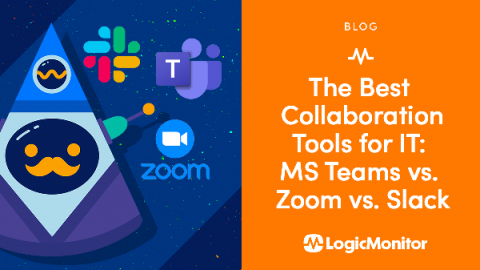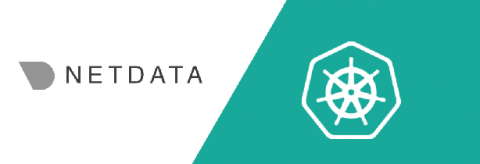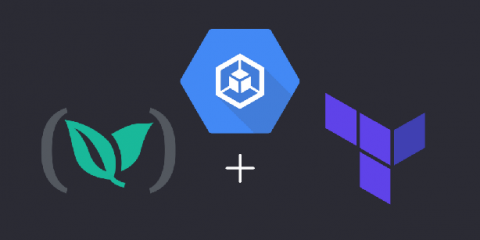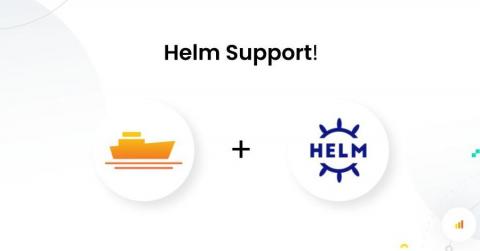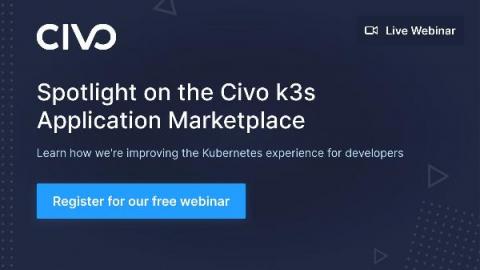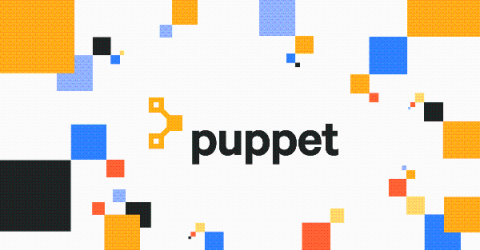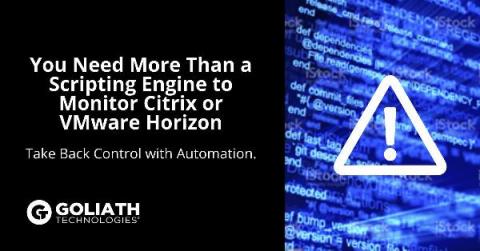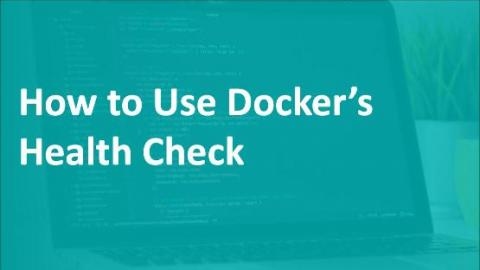Operations | Monitoring | ITSM | DevOps | Cloud
Latest News
The Best Collaboration Tools for IT: MS Teams vs. Zoom vs. Slack
A key topic of conversation that comes up again and again with our customers is the challenge of collaboration in a remote work environment. Too many channels of communication or documentation are ineffective, and IT professionals are starting to feel fatigued by never feeling quite “in the know” with business decisions that are happening in real-time. When separated from colleagues, teams can feel distant and unmotivated or find it hard to stay focused.
Securing Your Monitoring Infrastructure
Your monitoring system provides a comprehensive overview of any infrastructure. To effectively monitor your infrastructure and systems, you’ll need to get all of your data into one place - regardless if you have 1 node or 10 nodes. This centralization of data inevitably creates a vulnerable point that attackers can potentially target and exploit. In this article, we look at how to design your infrastructure in a secure way, as well as focus in on how to secure your nodes.
Netdata: The Easiest Way to Monitor Your Kubernetes Cluster
If you use Kubernetes in production, you should already know that monitoring and logging solutions are essentials if you want to make sure that your cluster is healthy at all times. Lack of computing resources and capacity misconfigurations are one of the most common causes of failed deployments. Especially if you are an operator, you always need to know the load of your cluster in order to perform capacity planning and setup autoscaling.
Applying GitOps And Continuous Delivery (CD) On Infrastructure Using Terraform, Codefresh, And Google Kubernetes Engine (GKE)
There are many articles and videos about practicing Continuous Delivery (CD) with applications, but not nearly as many for infrastructure. The same can be said for GitOps applied to infrastructure. That is a bit strange given that applications and infrastructure are almost the same today. Both are defined as code, and everyone stores code in Git repositories. Hence, GitOps is just as good of a fit for infrastructure as for anything else.
New in Grafana Tanka: Customize Helm charts without modifying them
Helm charts are great. They combine high quality, ready-made runtime configurations for a huge number of applications with an incredible getting-started experience. There is literally no faster way to install a production-ready Grafana or Loki on Kubernetes than using helm install. Unfortunately, Helm charts can also be incredibly inflexible.
Civo Community Meetup #3: App Marketplace Focus w/ Steve Miller and Jürgen Etzlstorfer
This community meetup took a deeper look into how the Civo marketplace can improve your Kubernetes workflows. Featuring some cool apps to try out, and how you can easily get involved with contributing, growing, and ultimately improving the marketplace. As well as talks from Civo's very own Saiyam Pathak and Kai Hoffman, we were also joined by community members Steve Miller and Jürgen Etzlstorfer.
Deploying Puppet Enterprise agents with HashiCorp Terraform on Azure VMs
HashiCorp Terraform is an open source Infrastructure as Code (IaC) tool that is widely used to deploy cloud infrastructure in the public cloud, such as AWS and Azure, along with on-premises VMware vSphere environments. One of the challenges is developing a method for bootstrapping the instances with configuration management agents such as the Puppet Enterprise agent.
You Need More Than a Scripting Engine to Monitor Citrix or VMware Horizon
As IT continues to leverage artificial intelligence (AI) and automation to transform how IT operates and becomes more proactive, leveraging a solution that relies on manual scripts to monitor and troubleshoot Citrix is a giant step backward.
How to Use Docker's Health Check Command
In this guide, we are going to see what a Docker health check is and how to configure it for your Docker containers. A Health Check means to check the health of any resource to determine whether that resource is operating normally. Here, it is about checking the health of Docker containers. If you’ve been using docker containers in production, you might have noticed that docker checks the status of a container by using the status of the process (PID) launched from the Docker file command.



